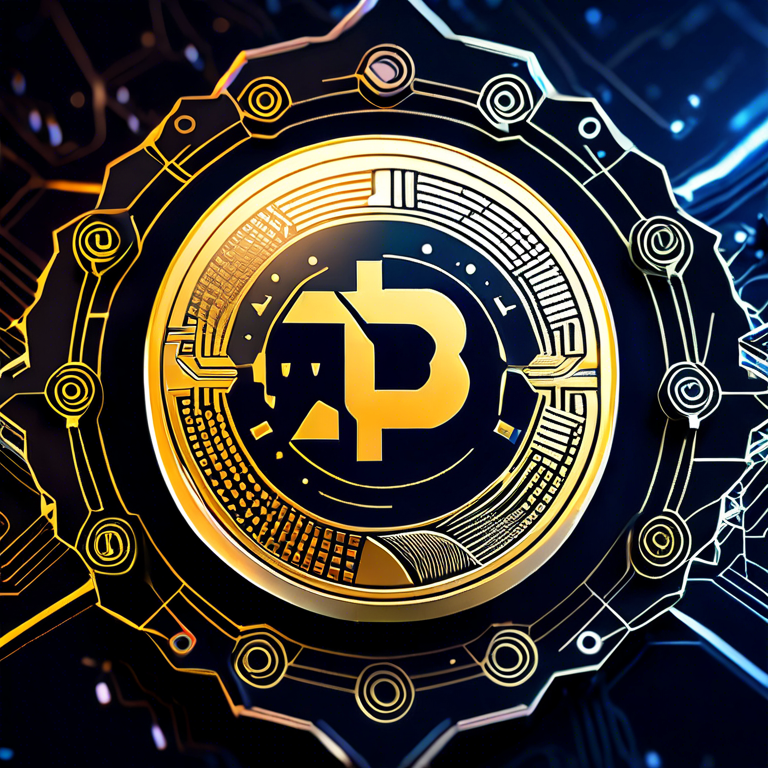In the digital age, cryptocurrency has revolutionized how we think about finance. One emerging aspect of this digital finance revolution is “派币” or “Pai Coin,” a term that captures the essence of distributing or allocating cryptocurrencies. This article delves into the multifaceted world of Pai Coin, exploring its distribution mechanisms, impacts on the cryptocurrency market, and its future prospects. Whether you’re a seasoned investor or new to the crypto scene, understanding Pai Coin’s place in the digital economy is crucial.

Understanding the Basics of Pai Coin
Pai Coin is a concept that stands at the intersection of cryptocurrency innovation and digital asset distribution. In essence, Pai Coin refers to the process or mechanism through which digital currencies, or cryptocurrencies, are allocated or distributed among users, stakeholders, or participants in a blockchain network. This distribution can take various forms, including mining, staking, or airdrops. Each method presents its own set of characteristics, advantages, and challenges, tailored to suit different types of blockchain ecosystems and their respective communities.
The Role of Pai Coin in Cryptocurrency Markets
The introduction and operation of Pai Coin mechanisms within cryptocurrency markets play a pivotal role in shaping market dynamics. By determining how new coins are distributed, these mechanisms affect both the supply side and the demand side of the market equation. For instance, a well-designed Pai Coin distribution strategy can encourage participation in the network, enhance security through decentralization, and even influence the coin’s price volatility. As the cryptocurrency market matures, the strategies behind Pai Coin distributions become increasingly sophisticated, reflecting broader trends in digital finance.
Pai Coin Distribution Methods: Mining, Staking, and Airdrops
Pai Coin distribution occurs through several avenues, primarily mining, staking, and airdrops. Mining involves solving complex mathematical problems to validate transactions and secure the network, rewarding participants with new coins. Staking, on the other hand, requires users to hold and lock up a certain amount of coins to participate in network operations, offering rewards in return. Airdrops are another popular method, where coins are freely distributed to wallet addresses to promote widespread coin ownership and network participation. Each distribution method has its unique impact on the distribution pace and market engagement of Pai Coin.
Challenges and Considerations in Pai Coin Distribution
While Pai Coin distribution methods offer numerous benefits, they also come with challenges and considerations. The primary concern is ensuring fairness and security in the distribution process, preventing malicious actors from exploiting the system. Additionally, the choice of distribution method can significantly affect a coin’s market perception and user adoption. For instance, an overly generous airdrop might lead to inflationary pressures, while restrictive mining requirements could hinder network participation. Balancing these factors is crucial for the successful deployment of Pai Coin distribution strategies.
Future Prospects of Pai Coin in the Digital Economy
As the digital economy continues to evolve, Pai Coin’s role within it is likely to grow in importance. With innovations in blockchain technology and an increasing emphasis on equitable distribution methods, Pai Coin mechanisms could pave the way for a more inclusive and democratized financial ecosystem. Furthermore, the integration of Pai Coin distribution strategies with emerging technologies like DeFi (Decentralized Finance) and NFTs (Non-Fungible Tokens) suggests a broad potential for reshaping the landscape of digital finance and beyond.
In conclusion, Pai Coin represents a crucial aspect of the cryptocurrency world, signifying the myriad ways digital currencies can be distributed, utilized, and valued within the digital economy. By understanding the different distribution methods and their implications, stakeholders can better navigate the intricacies of the cryptocurrency market and contribute to the development of a more balanced and fair digital financial ecosystem.

 享享科技 - 区块链数字货币信息平台-官方
享享科技 - 区块链数字货币信息平台-官方






